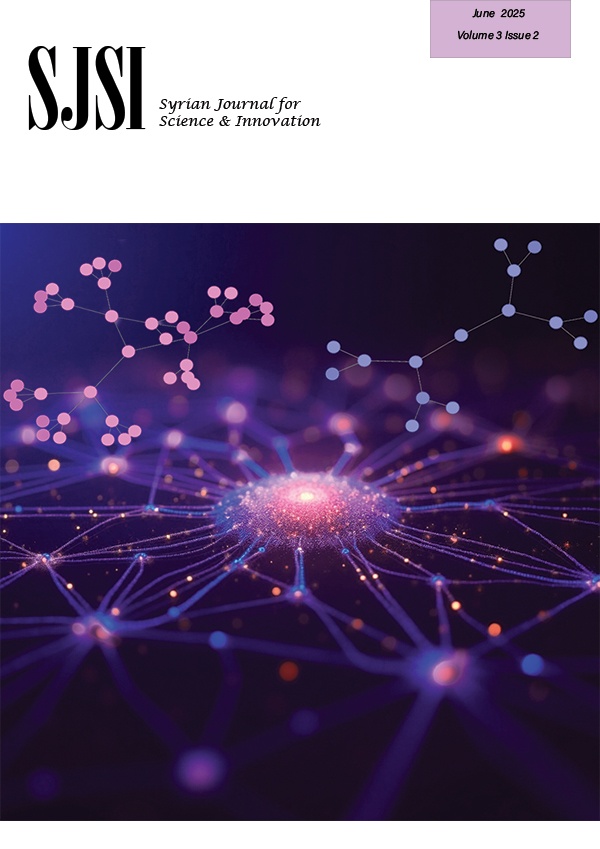Connecting Brain Tissue Grown In A Lab Dish In A Way That Mimics The Electrical Circuits In Our Brains
2024-10-03 | volume 2 Issue 3 - Volume 2 | News |Abstract
The idea of growing tissue that resembles the human brain in a lab dish has long seemed far-fetched, even to researchers in this field. To achieve this futuristic goal, researchers have succeeded in developing a technique to connect brain-mimicking tissues grown in the lab in a way that resembles the electrical circuits in our brains. Researchers have recently discovered a way to create more physiological connections between “neural organoids” grown in the lab, an experimental tissue model in which human stem cells are grown in three-dimensional structures that mimic the structure of the brain. They succeeded in achieving this by connecting the brain organoids via axonal bundles, which is similar to the way regions are connected in the living human brain. When they connected two brain organoids with axonal bundles, they were able to see how these bidirectional connections contributed to the generation and synchronization of activity patterns between the two organs, indicating some similarity in the communications between two regions within the brain.” This breakthrough not only advances our understanding of brain network development and plasticity but also opens up new avenues for research into neurological and psychiatric disorders, offering hope for more effective treatments.
(ISSN - Online)
2959-8591

